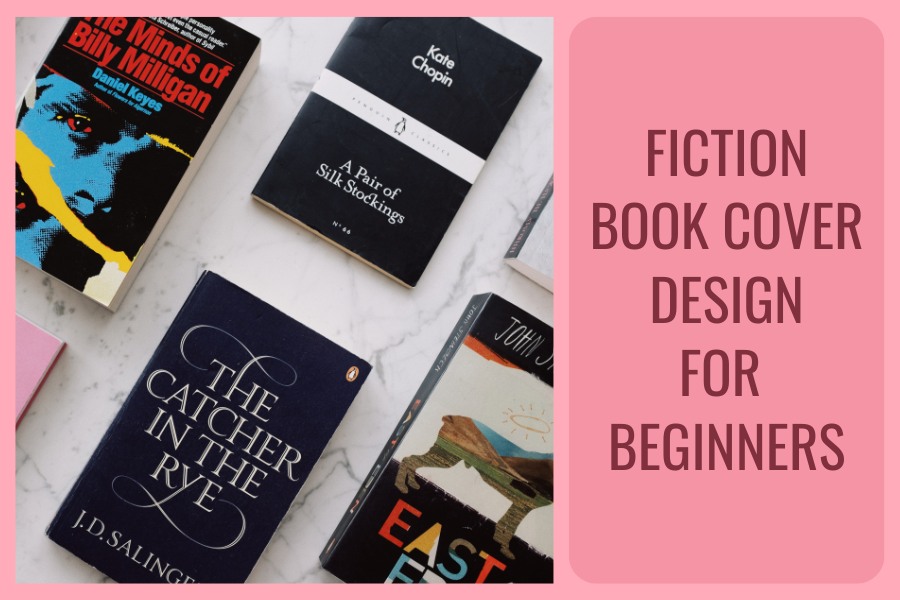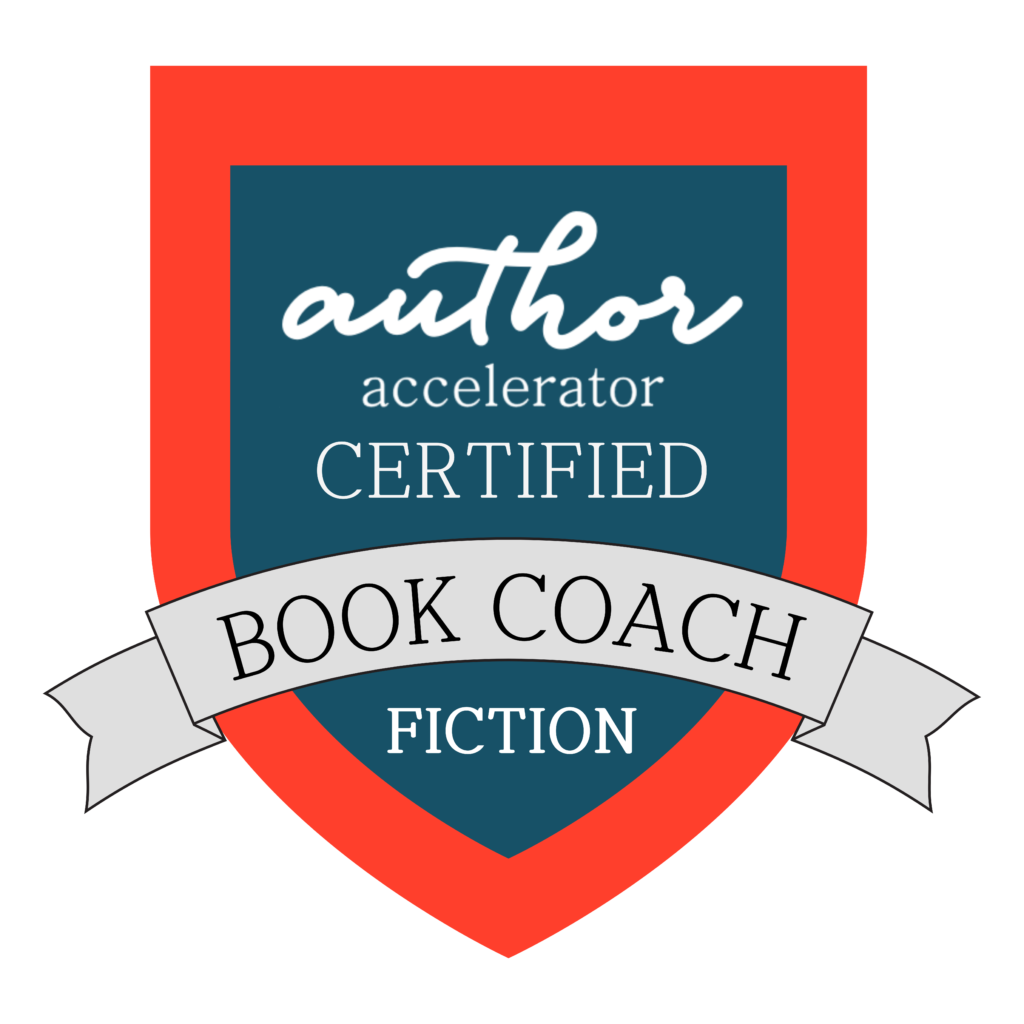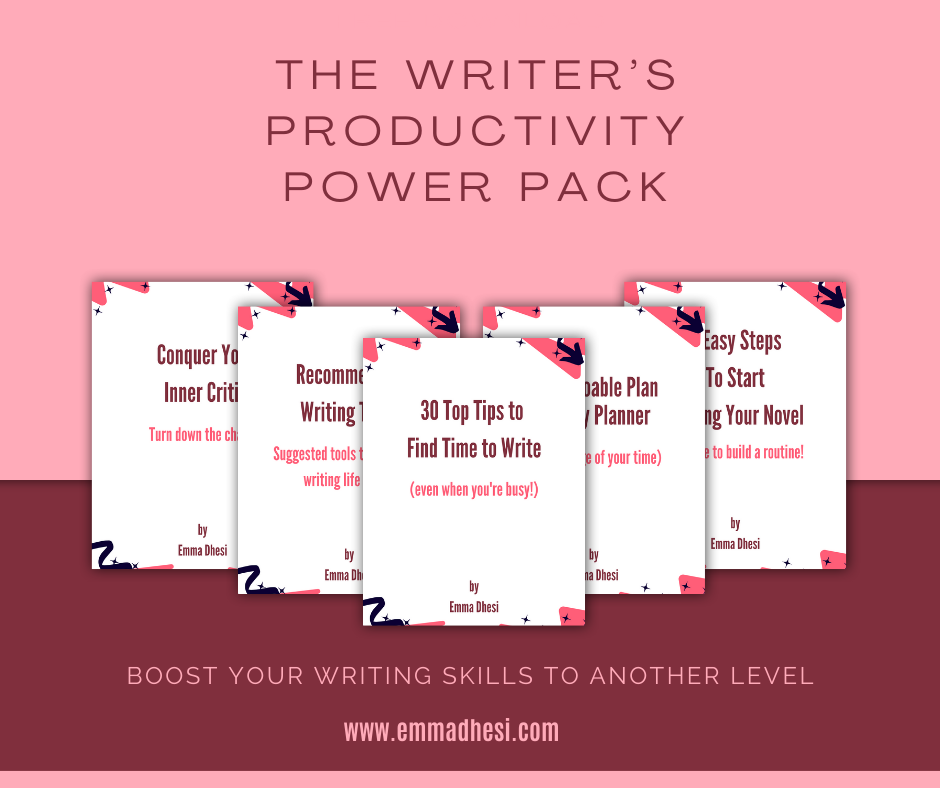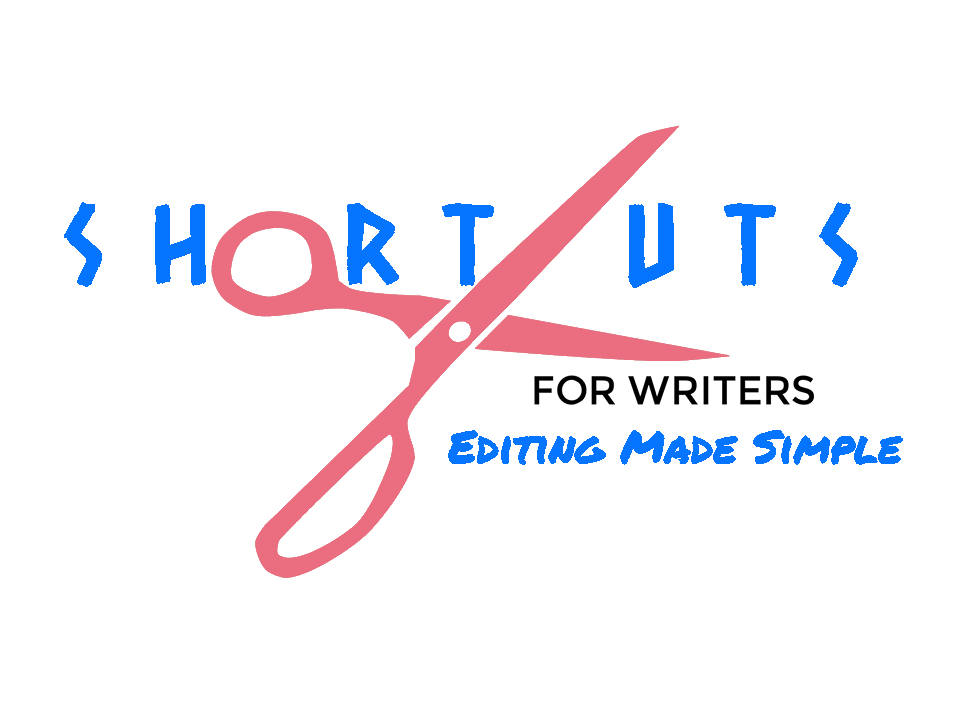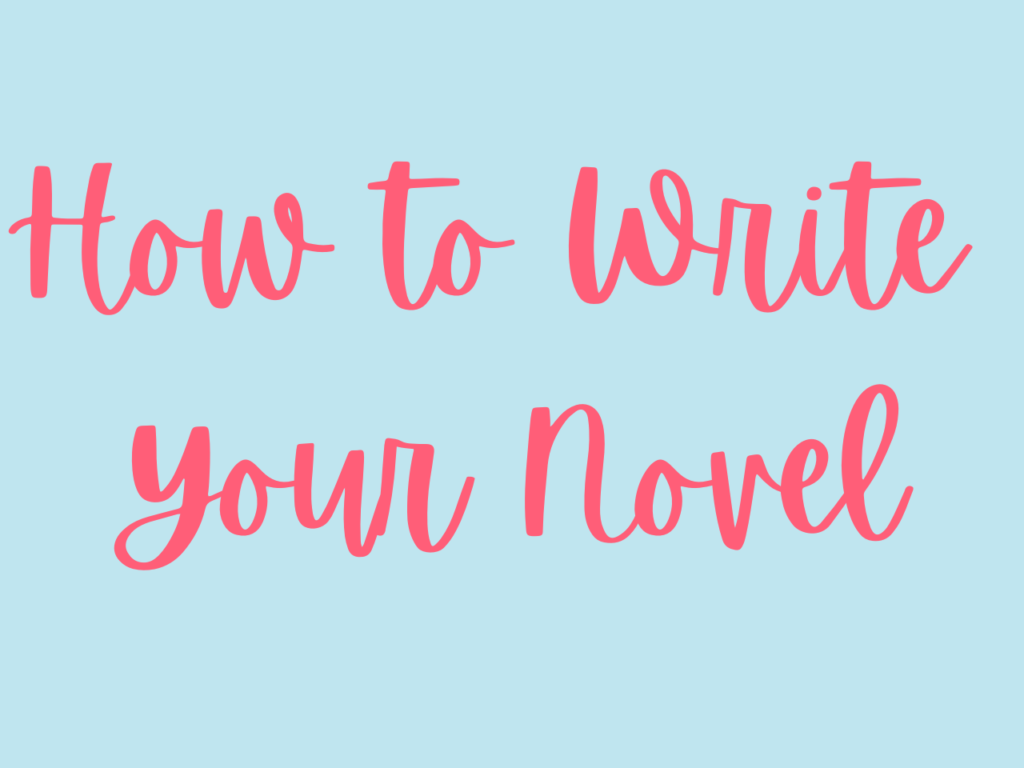Fiction book cover design can be overwhelming for a beginner, as I remember all too well! Back in 2019 I was a debut author about to publish my first novel, The Day She Came Home. One of the most exciting parts of the process was getting to design the book cover. This would be the first impression readers had of my book, so I wanted to get it just right!
Having no background in graphic design, I wasn’t sure where to start. But after doing some research online into book cover trends in the women’s fiction genre, browsing designer portfolios, and putting together a design brief, I connected with a designer on Reedsy.com and we created a cover I absolutely loved.
Here are some tips I learned during this process that any fiction author can use when looking for their ideal book cover design.
Research Your Genre
The first step is looking at other book covers within your genre to get a sense of current design trends. Even if you have a very specific vision in mind, it’s important your cover aligns with reader expectations so they instantly recognize your book as one they’ll enjoy.
Pay attention to how many words the title has. Are they short words, or longer with more syllables? Look at the font type. Is it serif or sans-serif. Thrillers, for example, tend to use sans-serif.
The Stranger by Harlan Coban is a great example. Notice, too, that the text is in bright yellow. That’s a trend in the thriller genre right now.
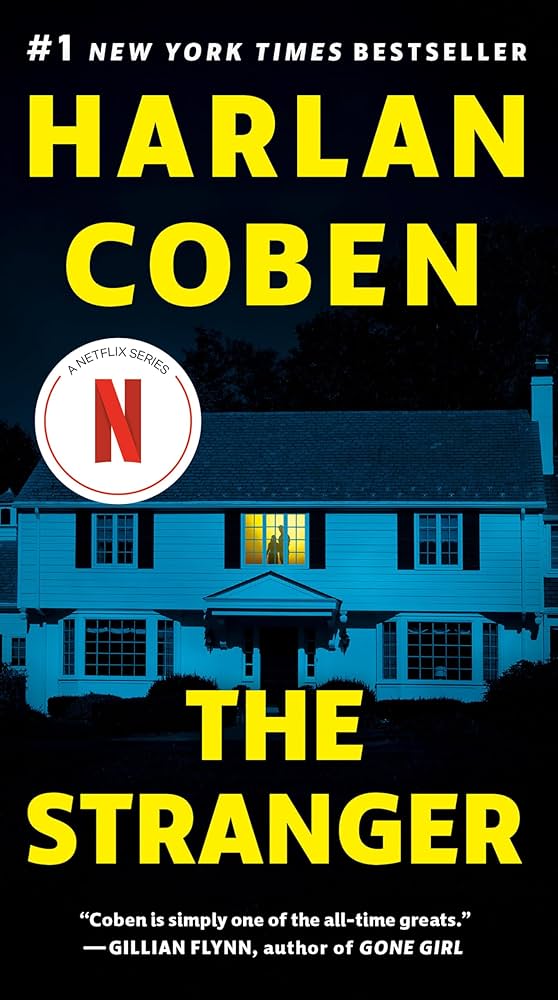
In historical fiction, you’ll notice many also use sans-serif in their font design, particularly if the story is set in the 20th Century.
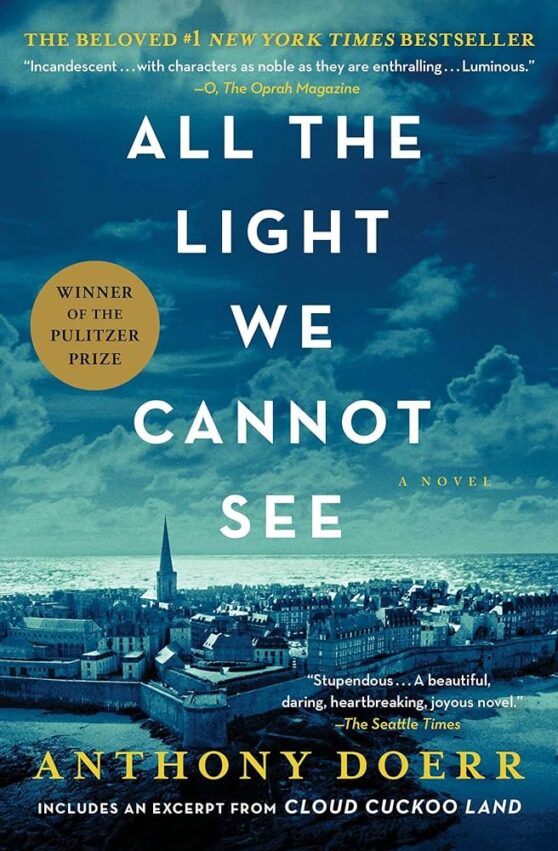
If it’s mediaeval history, the font is often a lot fancier, and will be in serif. In which genre do you write and what do you notice about those covers?
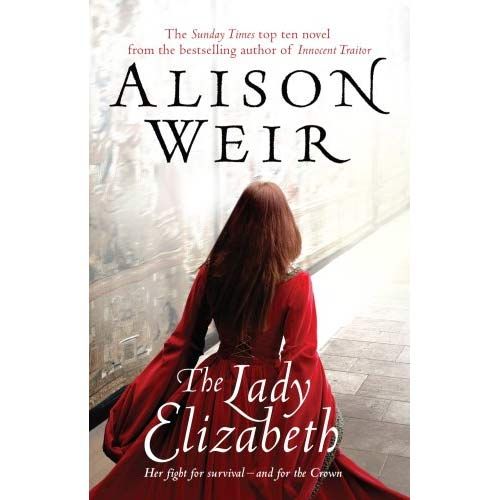
What is it in your genre?
As the saying goes – “same, same, but different!” Give readers the same, but with a twist.
Why do covers need to look the same?
Browsing my local Waterstones recently, I heard someone complain that all the thriller books look the same. And that’s for a good reason!
When browsing for new books, readers look for visual cues that signal a story will deliver what they love about that genre. The goal is to make them “stop the scroll” and read your blurb. So while you want a cover that’s unique, it should also feel familiar.
The reader wants to know it’s something they are likely to enjoy before they pick the book up to read the blurb.
When you’re a big name like JK Rowling or Stephen King, then you can have a unique book cover design. Your name alone will sell the book. Until then, go with convention.
Added tip – going with convention will make your life easier, too. There are infinite book cover designs available, so having a rule of thumb to start with will remove a lot of the overwhelm.
Choosing a Book Cover Designer
Once I researched cover trends in contemporary women’s fiction and decided the style I was after, it was time to find a designer. I put together a design brief explaining my book, target audience, budget, and sharing examples of comparable covers I liked.
Browsing designer profiles on Reedsy, I made a shortlist of those whose work seemed like a good fit based on their examples. I looked for a mix – some using photographic images and some creating original illustrated art. I learned illustration often costs more since it’s entirely custom artwork. This helped me gauge what was feasible within my budget.
Waiting in excitement for my fiction book cover design!
After connecting with my chosen designer and agreeing to terms, the waiting began! I was so excited knowing she was off crafting cover options just for my book. This was the first time seeing my story come to life visually.
When the first draft came in, I was over the moon! We did a few tweaks and revisions, finessing the design until it perfectly captured the essence of my novel. Nothing beats that moment of seeing your cover come together.
The Final Design
Here was the gorgeous final cover design for my debut novel.
I absolutely loved it and was so proud to have this represent my very first published book.
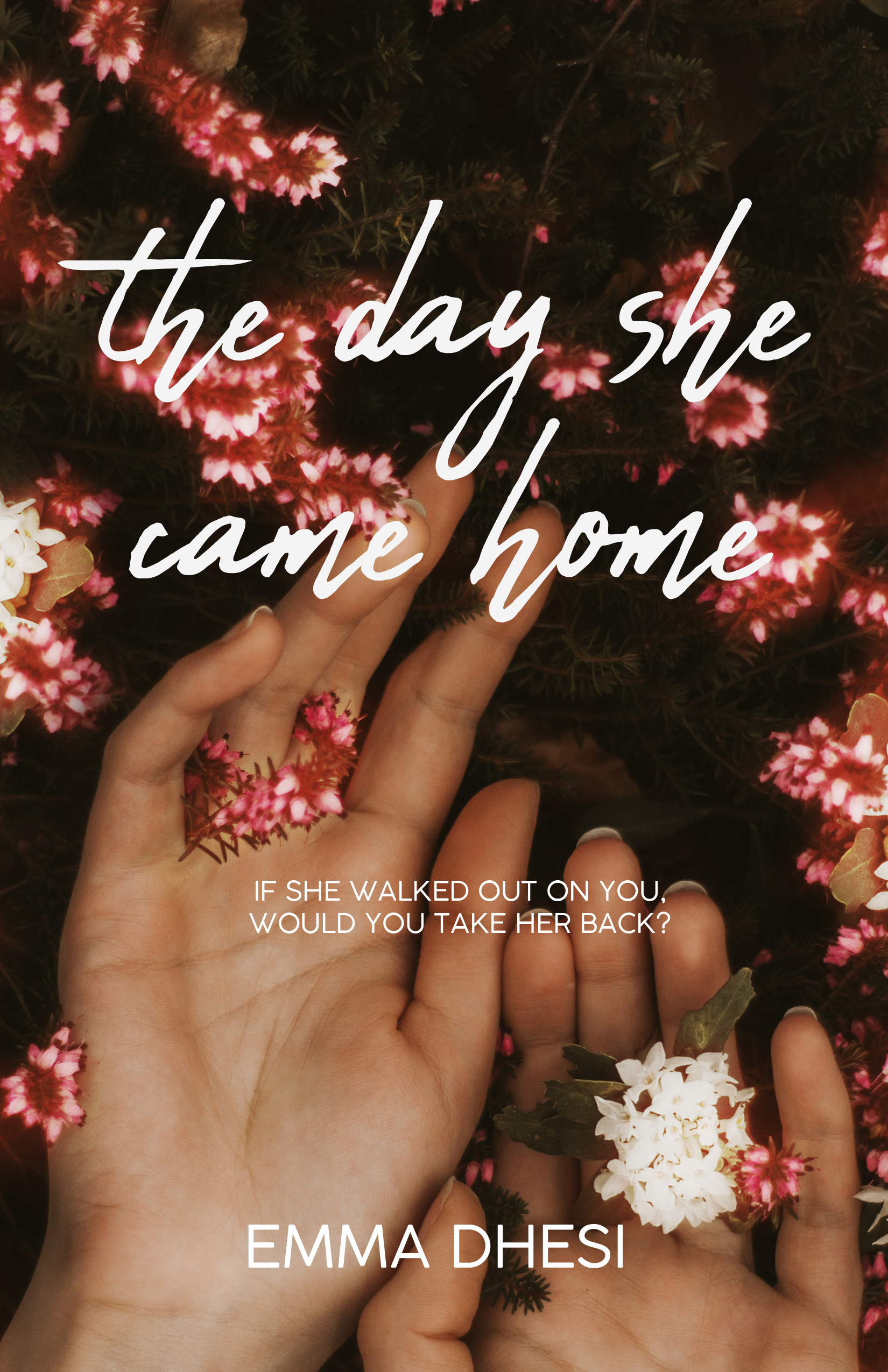
Publishing your first book is an enormous milestone, and I’m so chuffed I achieved a dream I’d held for so many years.
As time passed and trends changed, I eventually decided to update the cover. This time I chose a pre-made design from BookCoverZone.com. These are more affordable than custom designs, and while not created specifically for your book, they are high-quality images you can adapt to fit your story.
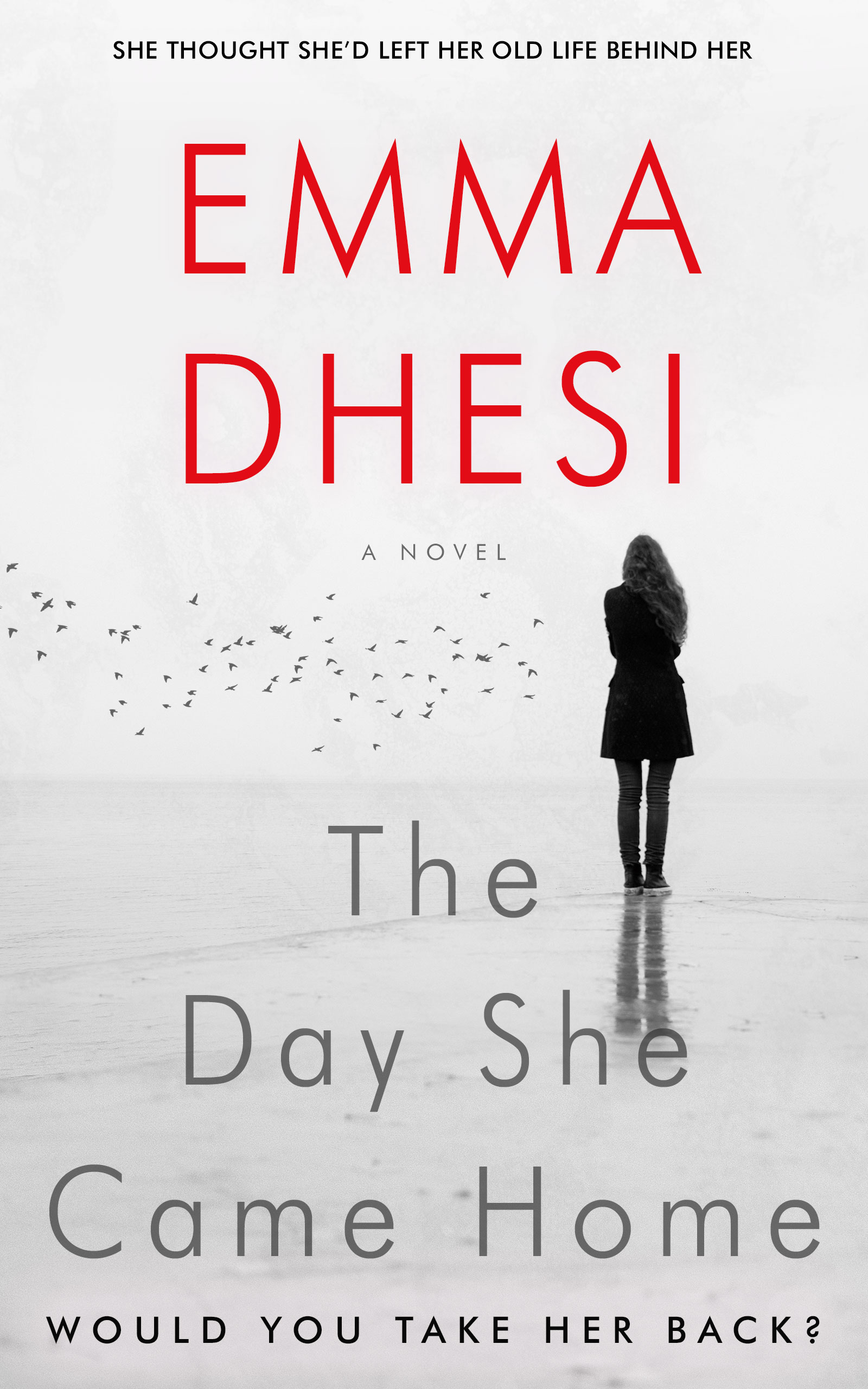
Fiction Book Cover Design Tips for Beginner Authors
Here are some final tips I’d share with fellow fiction writers searching for the perfect book cover design:
– Even before your book is finished, start looking at covers within your genre to develop an eye for effective designs. Make note of what you like and don’t like to inform your own cover.
– Cover design takes time, especially if you’re new to the process. Be prepared to try a few different options early on as you refine your tastes.
– Have fun with it! This creative step is a rewarding part of bringing your story to life.
– Consider investing in a quality author website where you can proudly display your fabulous book cover design! Here’s why your author platform starts with a website.
Final thoughts
Finding the right cover to convey your story is an exciting journey. With some savvy research and an experienced designer, you can have a book cover that captures the essence of your novel and draws readers in. So take your time and enjoy this important creative process. Before you know it, your book will be on shelves wearing the perfect cover!
If you’re a beginner writer and need help getting started, I invite you to sign up for my video series, 21 Days of Writing Inspiration? It provides daily motivation to get you unstuck so you can build momentum with your writing. Then you’ll be designing your own book cover!
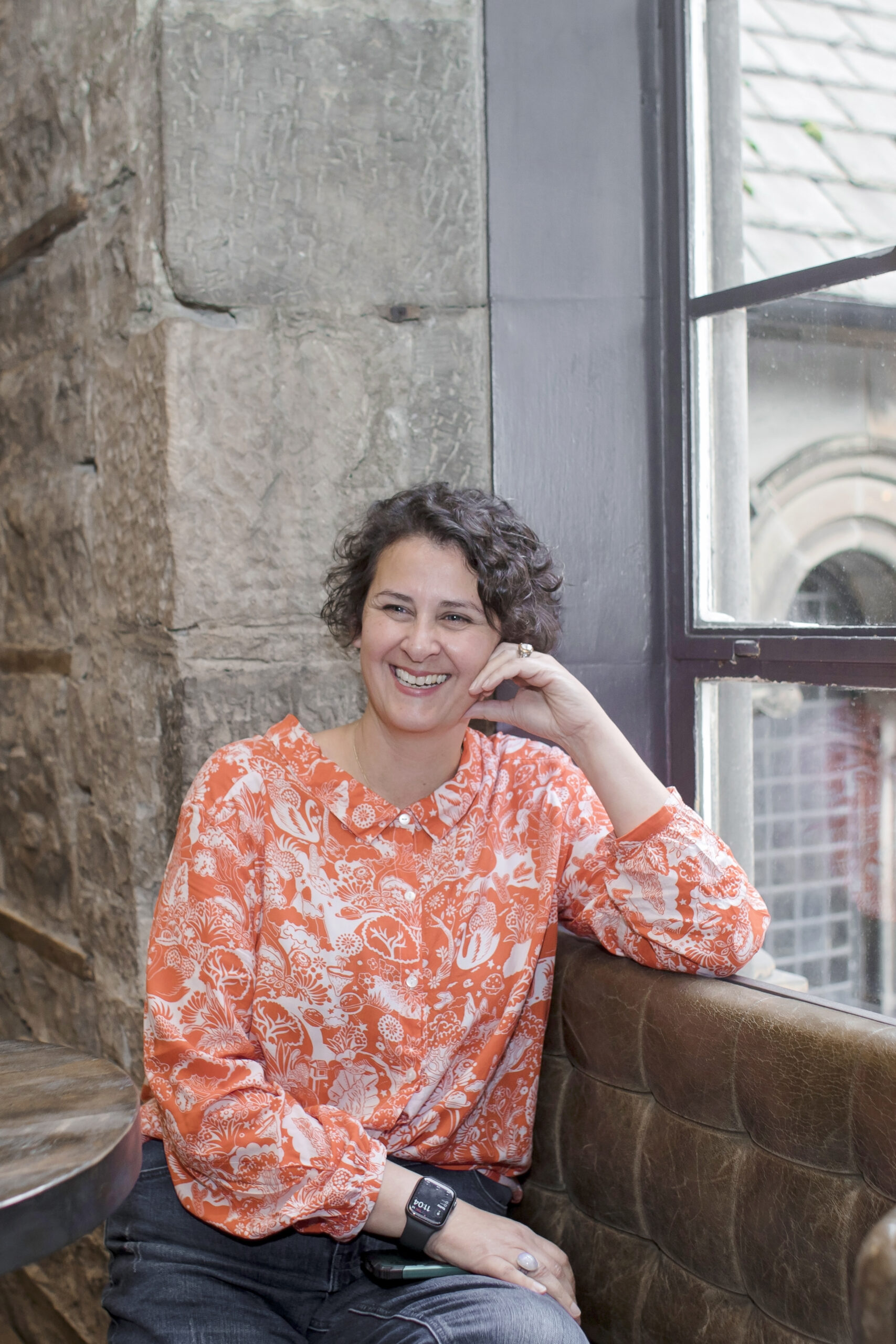
Emma Dhesi
Emma Dhesi is an author mindset coach and bestselling author who helps writers let go of perfectionism, self-doubt and writer’s block through her signature programme, Unlock Your Creative Block.
She is the host of the YouTube Channel, Emma Dhesi, where she interviews debut and experienced authors alike.
Through her 1:1 coaching programme, Emma helps new authors start and finish their first novel. Emma provides personal written feedback on their pages and guides them through the emotional rollercoaster that is writing a novel!

